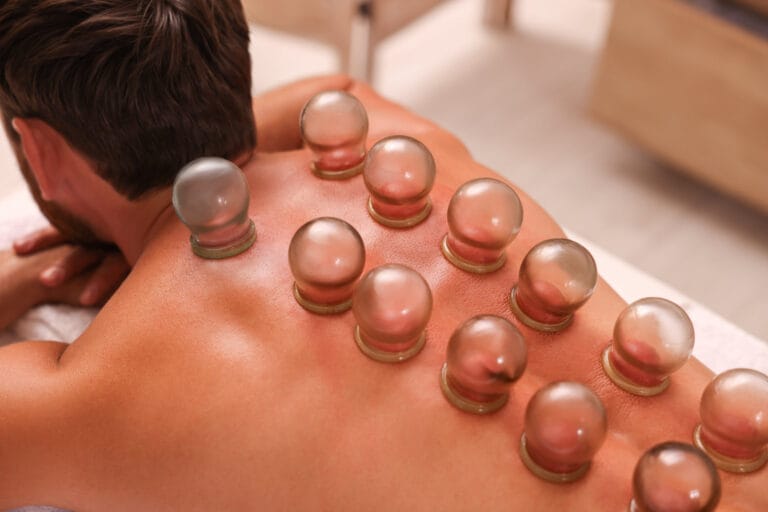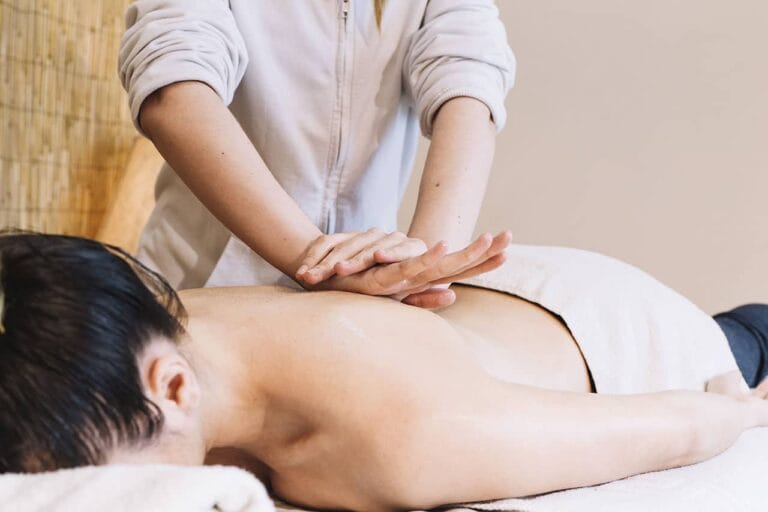Therapeutic vs. Relaxation Massage: What’s the Difference?
According to estimates, 17 per cent of Canadians use massage therapy. For some, it’s a matter of relaxing, while for others it’s a way to treat pain or other health issues.
There are several types of massage, but they usually fall into two categories. Those categories are therapeutic massage and relaxation massage.
Each type has a purpose and knowing what they are can help you choose the right one for you and your body’s needs.
While you may find that some of the techniques used in both types are similar, the intent is different. So which one is best for you?
Keep reading to find out everything you need to know when it comes to therapeutic vs. relaxation massage.
What Is a Relaxation Massage?
When you think about getting a massage, chances are that you are looking forward to some relaxation and rejuvenation. This is one of the top reasons that people book a massage appointment.
Relaxation massage is a gentle form of the practice that is designed to help ease muscle tension and boost circulation. Many people seek it out as a way to reduce stress.
When it comes to a relaxation massage, another goal is to feel good at the time. It’s a chance to take a break from daily life and fit in a bit of time for self-care.
The main reason people book this kind of massage is to find some immediate peace, rather than seeking out benefits in the future. It’s a way to treat the body and the mind at the moment.
It’s fairly easy to find a spa or other similar facility to have a relaxation massage. It’s one of the most common forms and most massage therapists are trained to perform it.
What Is Therapeutic Massage?
There are many benefits to a therapeutic massage. They extend beyond the relaxation and stress relief offered by a traditional massage. It’s often used to treat chronic health conditions or to ease pain throughout the body.
Unlike relaxation massage, which can be performed at a spa, most therapeutic massages are done in clinical settings.
Also unlike a traditional relaxation massage, you will talk about your health history and your symptoms before the massage. That’s because the goal is to treat a health issue, not simply to help you relax.
For that reason, your practitioner needs to know what your health conditions are, where you are feeling pain, and what symptoms those problems are causing in your body.
A therapeutic massage may be more painful than a relaxation massage. Though some of the techniques used are similar, additional techniques and tools are often used to provide relief from pain, tension, swelling and other symptoms.
While it may be uncomfortable during the massage (many feel that it’s a ‘good pain’), the therapeutic benefits tend to extend into the following days and weeks, where you’ll feel relief from your symptoms.
The entire massage won’t likely be painful, so don’t worry that you’ll be miserable throughout. Some parts will be very gentle and relaxing, which also provides the relief you’re seeking.
You might also find out that the problem stems from an area where you aren’t experiencing pain. For example, if your feet hurt, you may walk in a way that compensates for that.
Working your hip and leg muscles can get the blood flowing again. This can help counteract the muscle strains and pulls that occur as a result of the overcompensation.
Benefits of Massage Therapy
As mentioned above, the main benefit of a relaxation massage is to help you find some peace and quiet and ease the stress that life can cause. This kind of massage helps release feel-good chemicals in the brain.
When that happens, your mood improves and you feel better. You might also feel more alert and energized. Regular massage can also lower your blood pressure and boost immunity. It can also help reduce symptoms of anxiety, depression, and other mental wellness concerns.
Therapeutic massage can be used to treat a wide range of health conditions including strains, overuse injuries, post surgery, sports injuries, chronic tension.
It’s also great for relieving the pain associated with sports injuries, soft tissue injuries, and joint pain. It’s ideal for treating digestive problems, fibromyalgia, low back pain, insomnia, headaches, nerve pain, and shoulder pain.
Therepeutic massage might involve the traditional massage techniques you expect but could also make use of exercises to improve your range of motion. It might also include deep tissue massage, trigger point work, and myofascial release.
In this case, the benefits will go beyond what you experience during the massage itself. A consistent therapeutic massage schedule can help provide relief from your symptoms between sessions.
In either type of massage, it’s not something that should replace medical care. Massage can enhance your treatment plan for a wide range of conditions.
Choosing Therapeutic vs. Relaxation Massage
So which one is right for you? Chances are that if you are simply looking for a break from reality and need some peace and quiet, a relaxation massage is just what you’re looking for.
On the other hand, if you’re suffering the effects of a health problem, a therapeutic massage may be your best choice. That includes when you’re experiencing physical, mental, or emotional symptoms.
Look for a reputable and licensed massage therapist. If you’re undergoing the massage for medical reasons, be sure you talk it over with your doctor first. You might consider asking for a referral as well.
Getting the Most Out of Your Massage
Now that you know the difference between therapeutic vs. relaxation massage, you probably have a good idea of which option is right for you.
To get the most out of your massage, be sure you choose an experienced massage therapist. Follow directions throughout the massage to reap the most benefits and communicate to your therapist if you need more or less pressure.
If you’re ready to see everything that massage has to offer, let us help you determine how it fits best into your lifestyle with all of our massage therapy options.








